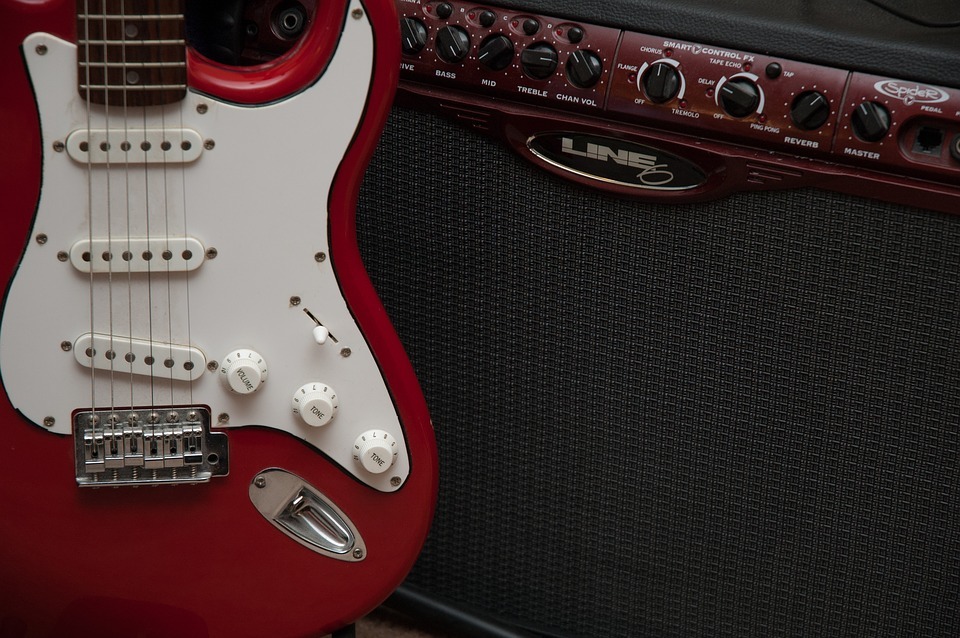Guitar amps are one of the most important pieces of equipment that a player will own. It’s not uncommon to spend thousands on a top-notch one. But what is a guitar amp and how does it work?
What is a Guitar Amp?
Your guitar will produce an electric signal. The amplifier will bolster the signal. This will allow you to control how loud the notes are. But this isn’t the only thing that the amplifier will be able to do. You can also use it to modify the tone of the guitar.
How Does a Guitar Amp Work?
Now that we have a better idea of what guitar amps are, we can turn our attention to how they work. This process starts with the pickup in your guitar. This converts the energy made by playing the strings into a voltage.
Next, this voltage will need to be sent into the amp. Often, this will be done using a cord. However, you might find some wireless guitars. These work by sending the signals over the radio. While this will let you play without the need for cords, it can sometimes cause some interference.
The electrical signal then travels into the guitar amp. The first element that they will encounter is the vacuum tube. This element features hot metals, which will help to raise the voltage. This occurs in the pre-amp. There are a few other important features that occur at this stage. Any impurities in the signal will be removed. For example, you will be able to get rid of electromagnetic interference. This is the part of the amp where you will start to add tone controls. We’ll discuss this in more depth in the next section.
After passing through the pre-amp, the signal heads into the main amp. This makes the signal even bigger. It does this by using a combination of transistors and vacuum tubes. Then, it passes to the speaker. This will allow you to hear the sound that the guitar is making.
There are two types of speakers. First, you can get one that will be built into the amplifier. This is good for smaller gigs, where you don’t need to make the sound too loud. If you are playing in a larger venue, you might need to get separate speakers. There are many types of speakers for you to explore. The right one for you will depend on the type of music you want to make. For example, some speakers will be better for bass tones. Others will emphasize the mid-tones.
Customizing the Amplifier
One of the reasons why the amplifier is so useful is because of the number of things you can do with it. Many guitarists use tone modifiers to change the way their guitar sounds. There are plenty of ways that you can do this.
The most basic option is to adjust the bass, middle, and tremble settings. Most amplifiers will have dials that allow you to do this. Some amplifiers will allow you to adjust the overdrive settings. Others will allow you to change the distortion.
More modern amplifiers will come with digital effects. This will give you dozens of options to explore. Another good option is to use an effects pedal. These will need to be plugged into the pre-amp. When you want to activate them, you will need to stand on the pedal.
When you are using effects, you’ll need to be prepared to experiment. It can often take a while for you to get the tone that you want. If you are using multiple pedals, you’ll need to put them in the right order. This will make it easier for you to set them up correctly. It’s best practice to use the following order; wah, compression, overdrive, equalizers, pitch, modulation, level, and echo.
Conclusion
The guitar amp is one of the most important parts of your sound. You’ll be able to control what tone your guitar is producing. It also lets you control how loud your amp will be. The good news is that there are plenty of amps on the market for you to choose from. To help you find the right one, you can check out this guide: https://primesound.org/best-beginner-guitar-amps/ .

